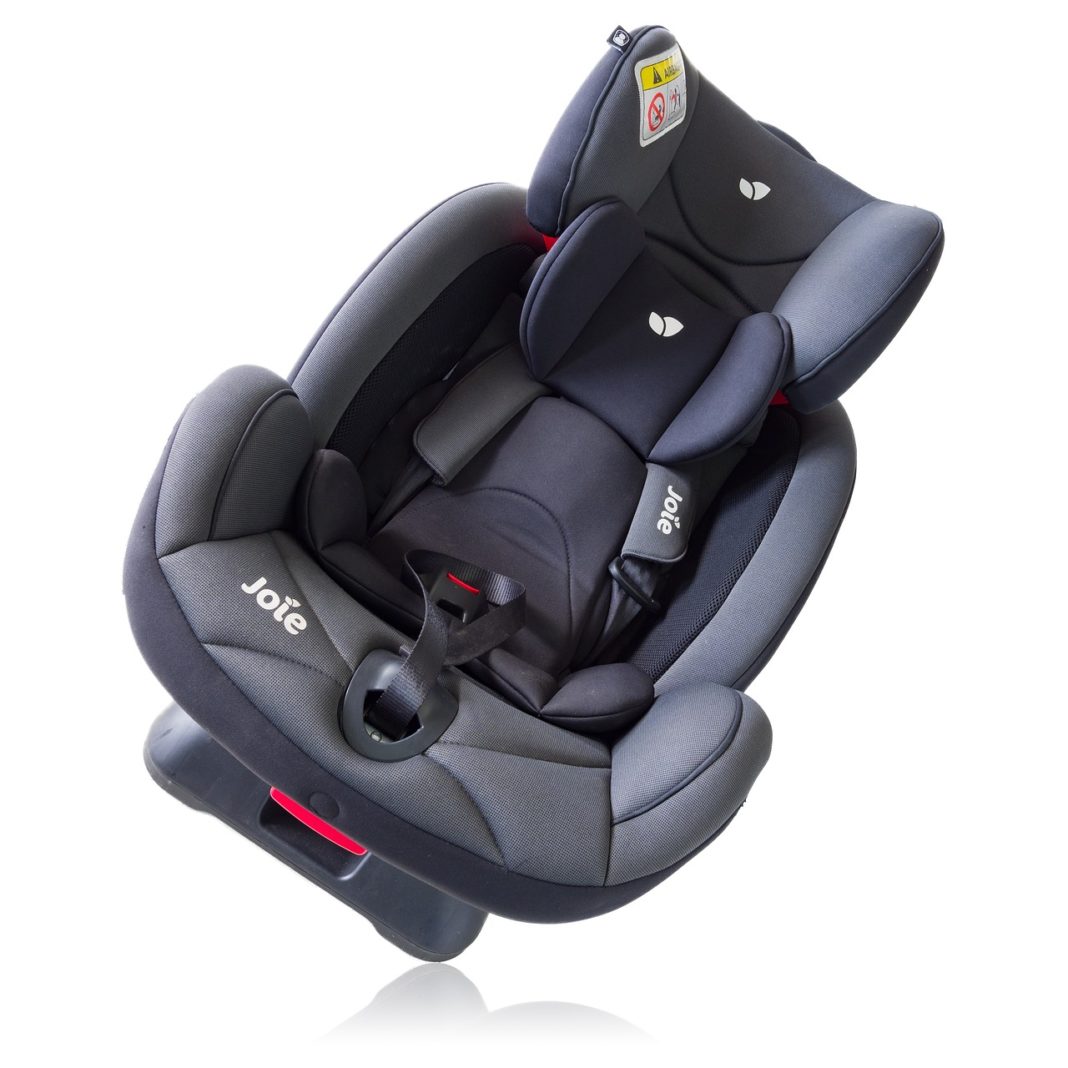Whether you believe in the story or not is not important, because for our Christmas story, we are going to bring the tail of this celebrated birth right up to date, and assume Jesus was born today, and now, is set to be taken home from the hospital by Mary and Joseph, in their automobile.
Okay, we admit it, we are using the time of year to make an important point about children in cars, and the need for them to be carried safely, and, therefore, legally.
First of all, Mary should not carry baby Jesus in her arms in the car, as it is prohibited, and puts the child at considerable risk in the event of a collision. Baby Jesus must be secured in an approved retention device.
Children measuring less than 135 cm in height (which would obviously include newborns) must always travel by car restrained by approved restraint devices.
They must travel in the rear seats of the car, except when this is impossible and there is no choice but to use the front passenger seat (for example, when the car has only two seats or when the rear seats are already occupied by other devices for children).
There are two types of restraint systems on the market for transporting babies of a few months in the car: carrycots and baby carriers. Regardless of the type you choose, make sure it is approved according to one of these two regulations (you will know this by an orange label that will be attached):
The old regulation is ECE-R44-04. Devices approved under this standard cannot be sold after the end of 2024, but those that have been sold until then can continue to be used. This standard divides seats based on the weight of the child. For newborn babies, those that can be used are those that include group 0, that is: group 0 (for children up to 10 kg in weight), group 0+ (for children up to 13 kg in weight), group 0+ /1 (for children up to 18 kg in weight).
The new standard approved a few years ago is R129. In it, the restraint devices are approved depending on the height of the child, and there are no fixed groups. For newborns, the chairs that can be used are those in the lower range of the child’s height, which starts at 40 or 45 centimetres.
Carrycots
It should be noted that only a few carrycots are approved to be used in the car. They must be provided with a harness to hold the child so that he does not get thrown around.
If you buy it new, the store will tell you which models are for the car. If you have bought it second-hand (not recommended without knowing its origin and condition) or it has been lent or given to you, you can know if it is approved for the car by looking for the orange approval label, which must be attached to the carrycot.
Advantages
The baby travels in a horizontal position, which is the best position during the first weeks of life.
They have a double function, since with the wheels attached, they also serve as a comfortable stroller where the child can sleep.
Disadvantages
It is most unsafe in the event of a frontal collision (the most dangerous). The best position to avoid damage in this type of impact is rear facing.
It takes up two seats in the car, so it can be a problem in the case of larger families.
Baby carrier
They are seats for children that are placed in the rear facing direction and that, normally, can also be attached to strollers. The normal age range is from birth until the baby is about 18 months.
Advantages
It is a safe way to travel when the baby is very small.
They take up less space in the car than a carrycot.
Disadvantages
They support the child’s head well, but in the first weeks of life, the ideal position for traveling is horizontal, and in these chairs, it is not possible to lie them down completely.
Car seats for a wide age range
There are seats that are approved for a wide age range: from birth to 4 years, up to 7 years or even until the child measures 150 cm, that is, devices that cover the entire period of use of the child in a single product. They are necessarily installed rear-facing during the child’s first stage of growth (until one and a half or two years old). Afterwards, you can normally choose to travel rear-facing or forward-facing until the child is 4 years old, and you travel forward-facing from that age onwards.
Advantages
Saving money by purchasing a single product and not several.
Better use of resources (fewer seats to manufacture and recycle).
Disadvantages
In general, they are not considered as safe as other options, especially those that cover a very large range of use.
They tend to be more difficult to install.
Installation: with or without isofix?
Baby carriers and carrycots can usually be purchased with an Isofix base that is permanently installed in the car with the included Isofix anchors. To place the seat, you will simply have to place it on the base where some anchors keep it firmly attached. To undock it, simply press a button or other actuation and pull the chair.
This makes it much easier to get babies in and out of the car. In addition, they can usually also be used in the stroller structure, so it will be very easy for you to quickly transfer the seat from the car to the stroller and vice versa.
Most carrycots and baby carriers with Isofix can also be installed without this base, securing them with the adult seat belt. This way, you can use them in a second car without having to uninstall the base, although tests show that they are safer with the base.





